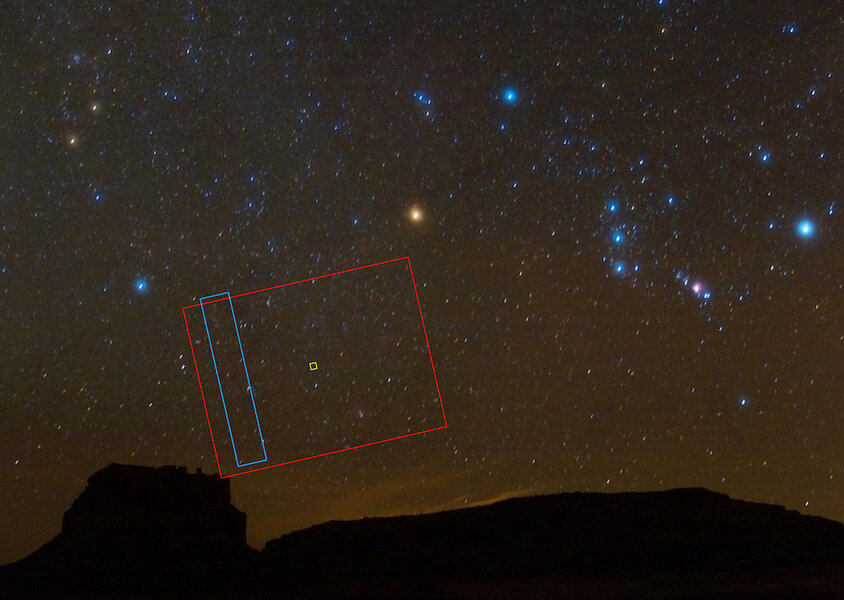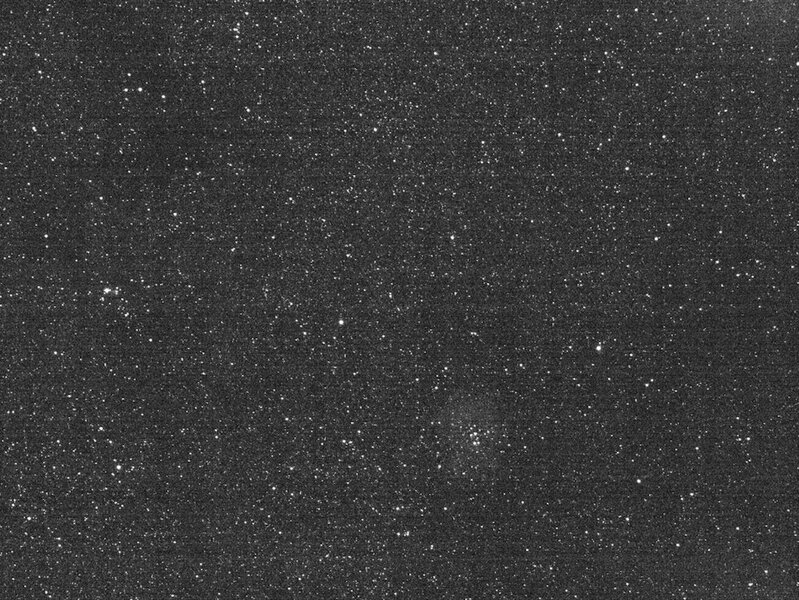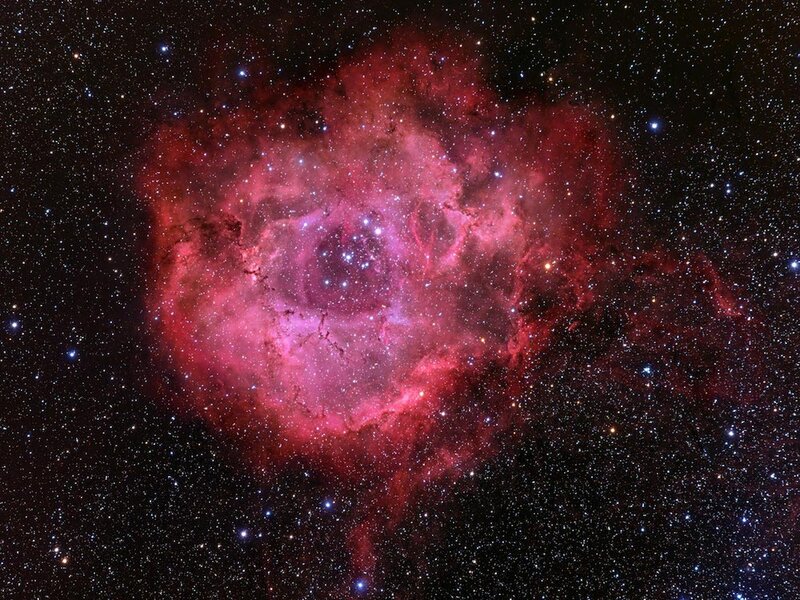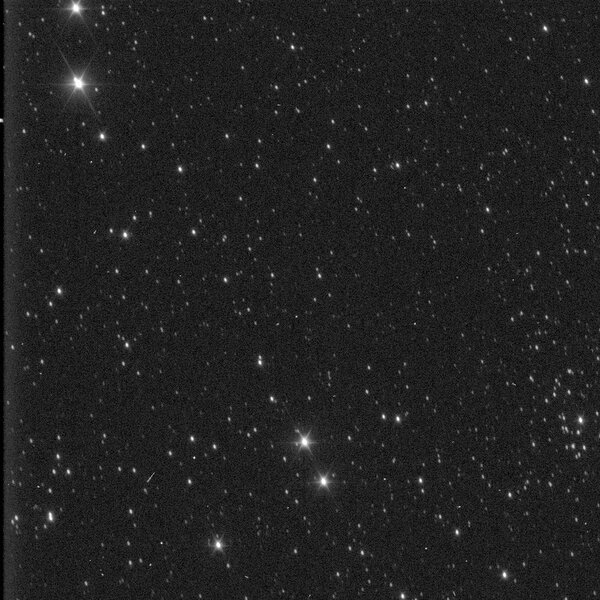Create a free profile to get unlimited access to exclusive videos, sweepstakes, and more!
Lucy in the sky, with diamond-like stars
Asteroid mission tests its fleet of cameras.
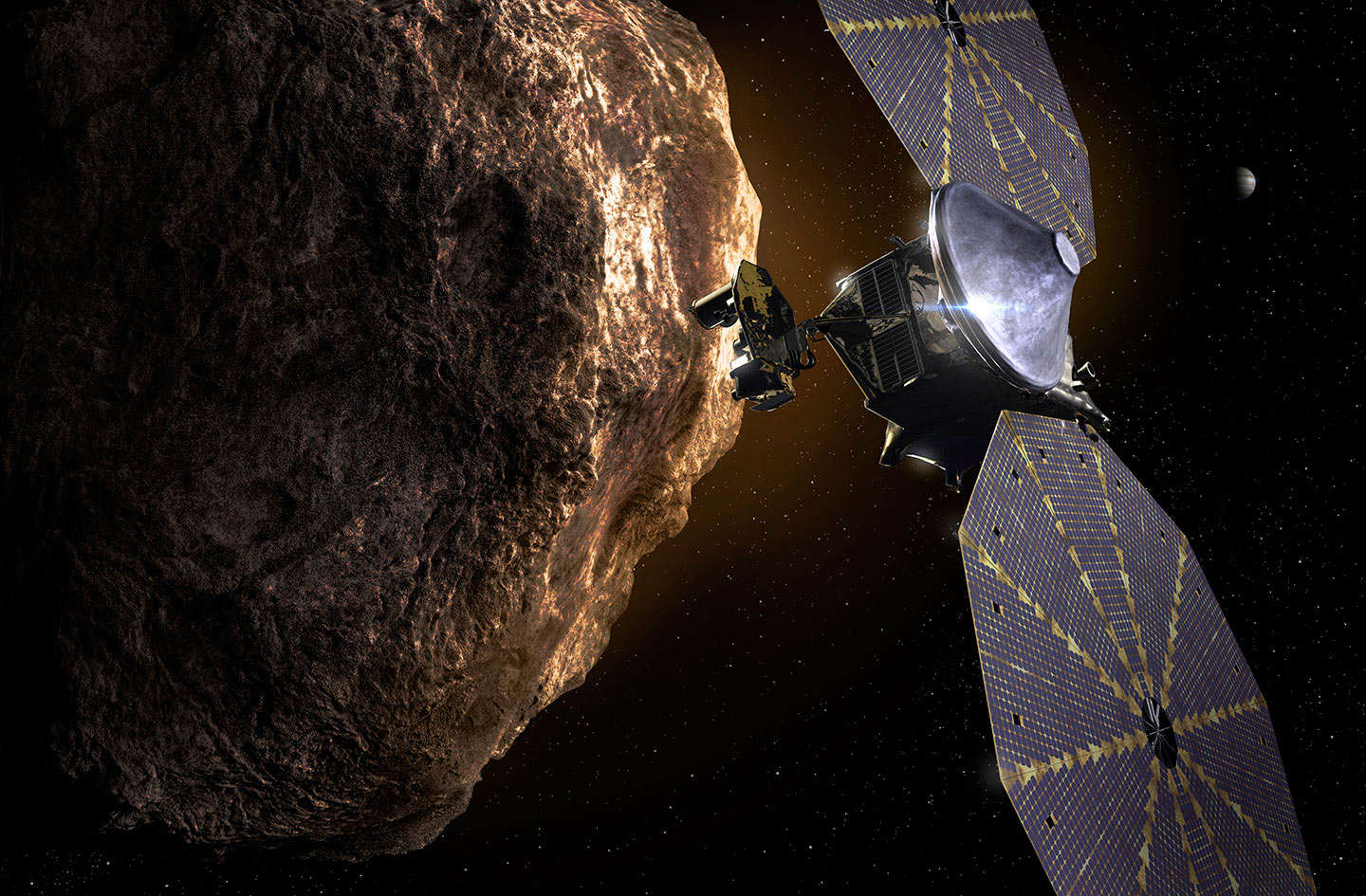
One space mission I am avidly keeping track of is Lucy, which launched last October. It’s headed out to Jupiter’s orbit — not Jupiter itself, but its orbit — to pass by quite a few asteroids that share their path with the giant planet. In one sense it’s the most ambitious asteroid mission ever created: It will take close-up images of at least seven asteroids!
These are called Trojan asteroids, and they may have been orbiting the Sun along with Jupiter since the dawn of the solar system. They collect in two spots, one 60° ahead and the other 60° behind Jupiter in its orbit, and having so many together makes it much easier to get close to and study so many of them in a single mission.
Shortly before its launch, I wrote an overview of the mission and its extremely wild trajectory through the inner solar system. Normally you don’t hear much from missions like this until they get close to their goal, but as it happens images obtained on Feb. 14, 2022 were just released. They were taken by engineers on Earth to test Lucy’s cameras, and they’re pretty cool.
This photo, taken on Earth in New Mexico, shows the familiar sight of Orion as well as part of Gemini and Monoceros (the unicorn). The image is a long unguided exposure, so the stars are streaked a bit due to Earth’s rotation, but it’s sufficient for the purpose of showing where Lucy’s cameras were pointed when they took their engineering test observations.
The red rectangle shows the field of view of Lucy’s Terminal Tracking Cameras, also called T2C. These are a pair of cameras — one for main operations and the other as a backup in case something goes awry with the first — with a large field of view that will be used as Lucy approaches each of its asteroid targets. The stars in the field will be analyzed on board to aid in autonomous tracking of the asteroids. It takes roughly half an hour at least for light to reach Earth from Jupiter’s orbit, which is too long to control the imaging sequences from the ground, so the spacecraft has to do it itself.
The T2C can also take science data; the wide field of view means that even at close approach they can get the whole asteroid at once, and as the spacecraft moves these images can be used to make 3D stereo pairs to determine some surface topography on the asteroids, which is extremely cool.
The engineering test image is a little ratty — there’s background noise, for example, but that can be processed out — but you can still see a zillion stars. That fuzzy patch at the bottom right is real: That’s the fantastic Rosette Nebula, a star-forming gas cloud about 5,000 light years away, with thousands of newborn stars in it. The fact that it can be seen at all in this 10-second exposure speaks well of the camera’s sensitivity.
The blue strip in the first image shows the field of view of Multicolor Visible Imaging Camera, or MVIC, one of the detectors on a camera called L’Ralph. The name is… interesting; the first Ralph camera flew on the New Horizon Pluto mission, and was named that because a different camera on that spacecraft was called Alice, after the husband and wife characters in the old sitcom The Honeymooners. The Ralph camera on Lucy is the same setup, so they called it L’Ralph to show it’s a part of Lucy.
Anyway, MVIC has five filters that select colors associated with different minerals expected to be seen on the asteroids’ surfaces. It can also take a clear filterless image, called a panchromatic image, and this is the result of its test:
Although the exposure time was less than one second, many stars can be seen (it may help to look at the original image). Note this field overlaps that of T2C so that they can see the same thing at the same time, which will help in scientific analysis.
The tiny yellow square in the center of the first image shows the field of view of L’LORRI — the Lucy LOng Range Reconnaissance Imager — the highest-resolution camera on Lucy, meaning it will see the most details on the asteroids.
In the 10-second test image, stars 1/25,000th as faint as the human eye can see are visible. They’re slightly elongated due to the long exposure, but this can be compensated for during science exposures to make usable images. Clearly L’LORRI will be able to see faint details on the asteroids, and is one of the workhorse cameras on Lucy that will provide a vast amount of scientific data.
Although none of these images will win a prize for their beauty, they are all indeed beautiful: They show us a working spacecraft 6 months into a mission that will last for many, many years. We’re just now T-3 years before it passes its first asteroid — (52246) Donaldjohanson, a main-belt rock about 4 kilometers wide — so it won’t be too long before the first science images get sent to Earth, and we visit yet another asteroid up close and personal. What will we see?
If we knew, we wouldn’t have to send missions there. With every spacecraft that investigates new objects up close, the one thing we can expect is the unexpected, and it’s never a surprise that we will be surprised.
I can’t wait.
Addendum: There is a glitch in the mission at the moment: Lucy has two circular solar panel arrays that unfolded like a fan, but one didn't completely deploy and is at about 345° out of its 360° fully expanded state. It can provide enough power but if it's not locked in position a main engine burn could damage it. So, engineers are going to try to use a backup motor — redundancy is everything in space missions — to finish the job, and should start that around May 9.
